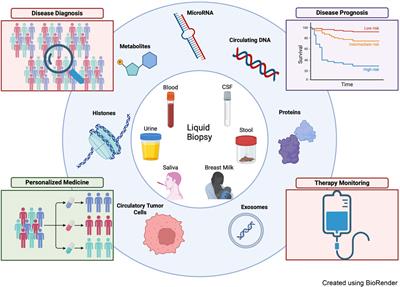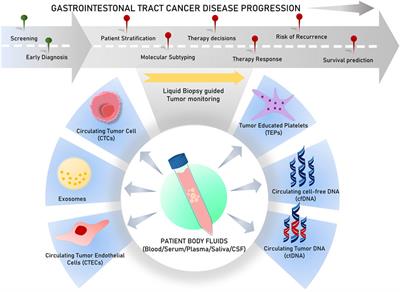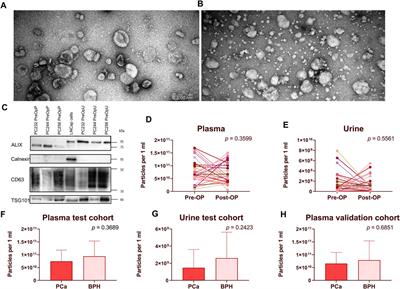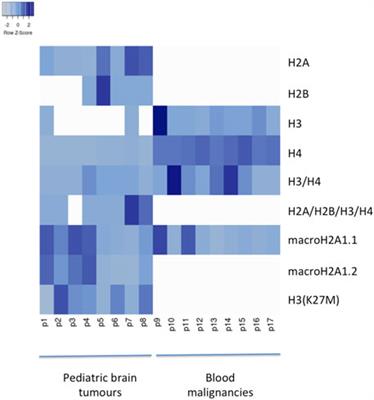EDITORIAL
Published on 29 Jul 2024
Editorial: Liquid biopsy in oncology: opportunity and challenges

doi 10.3389/fmolb.2024.1466938
- 762 views
3,516
Total downloads
13k
Total views and downloads
You will be redirected to our submission process.
EDITORIAL
Published on 29 Jul 2024

REVIEW
Published on 06 May 2024

BRIEF RESEARCH REPORT
Published on 22 Jan 2024

ORIGINAL RESEARCH
Published on 18 Jan 2024

ORIGINAL RESEARCH
Published on 30 Nov 2023

ORIGINAL RESEARCH
Published on 01 Nov 2023

